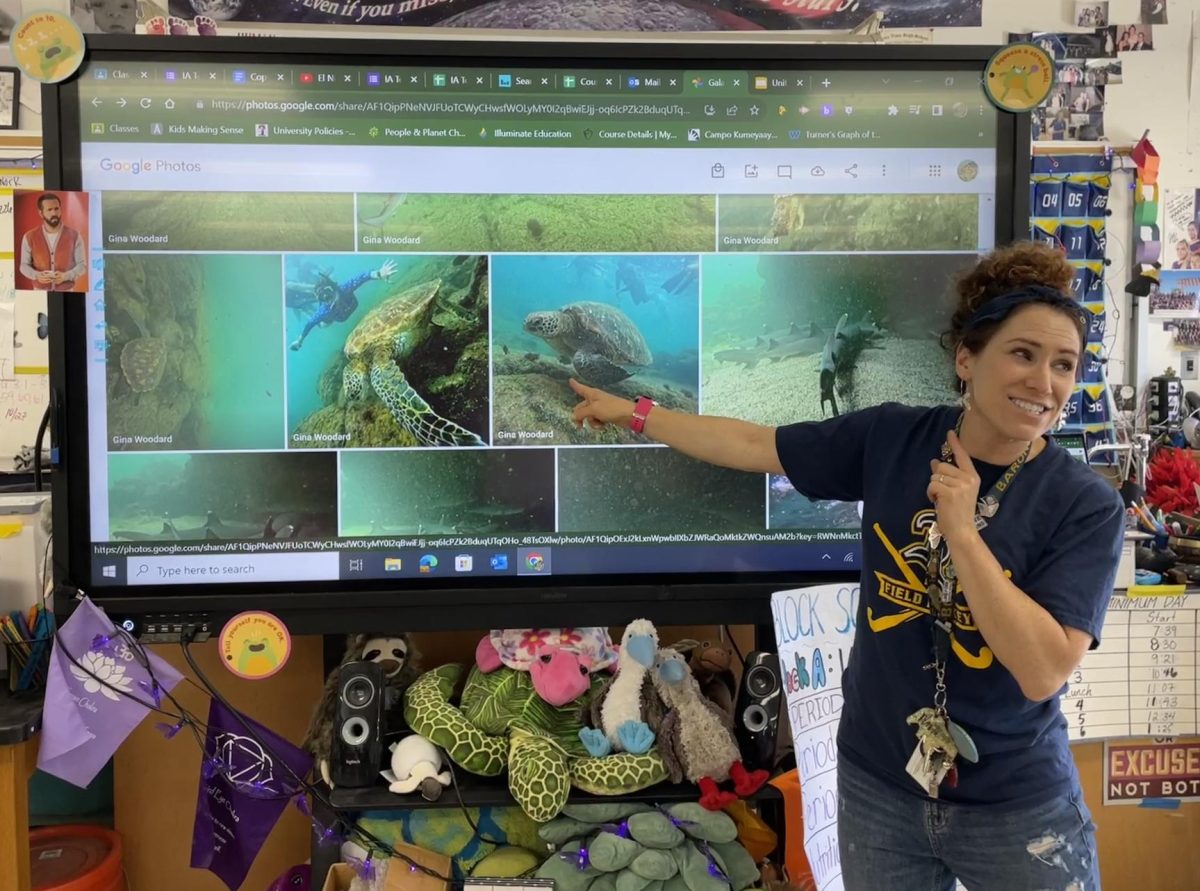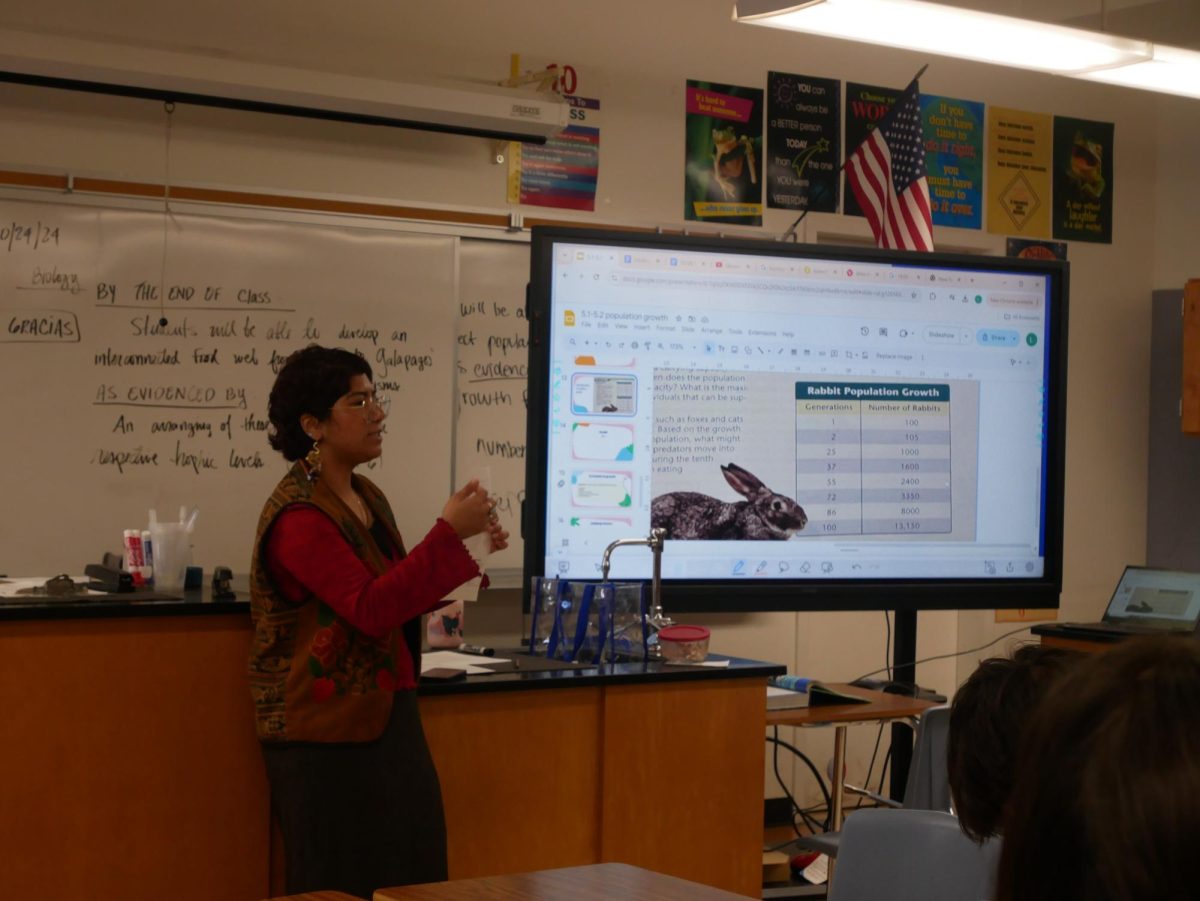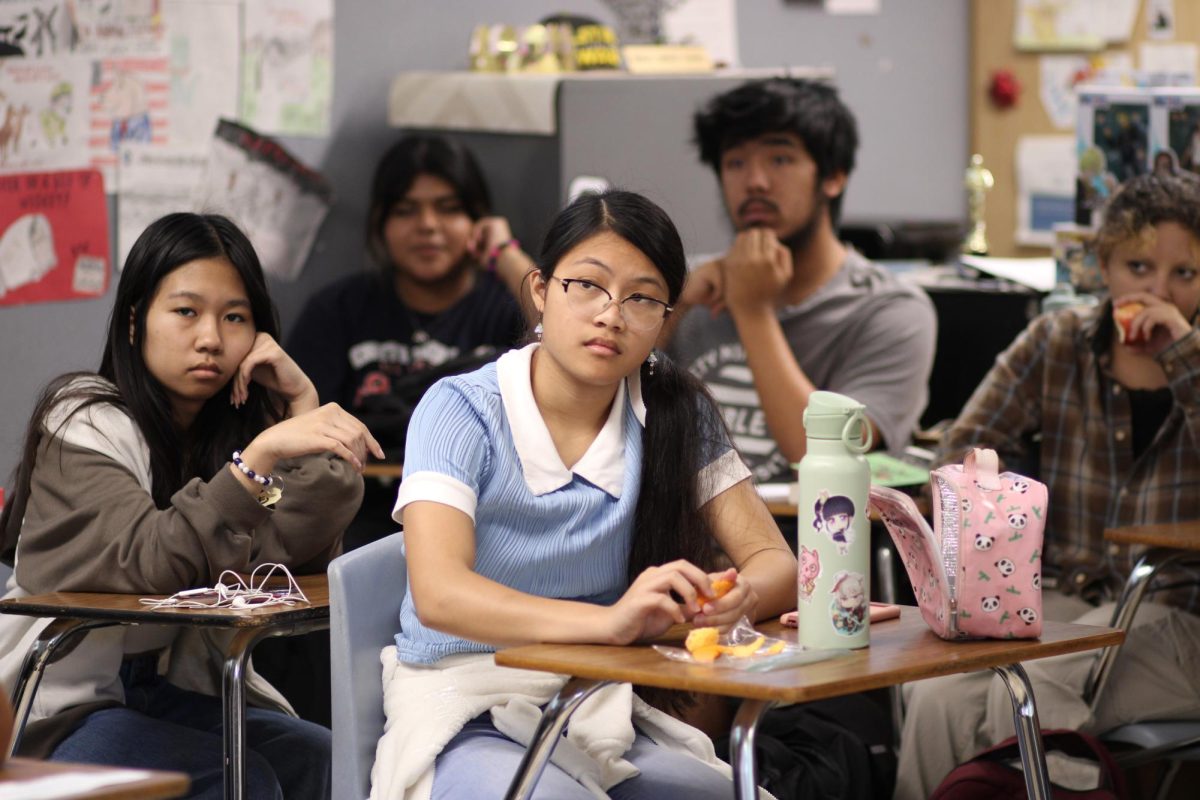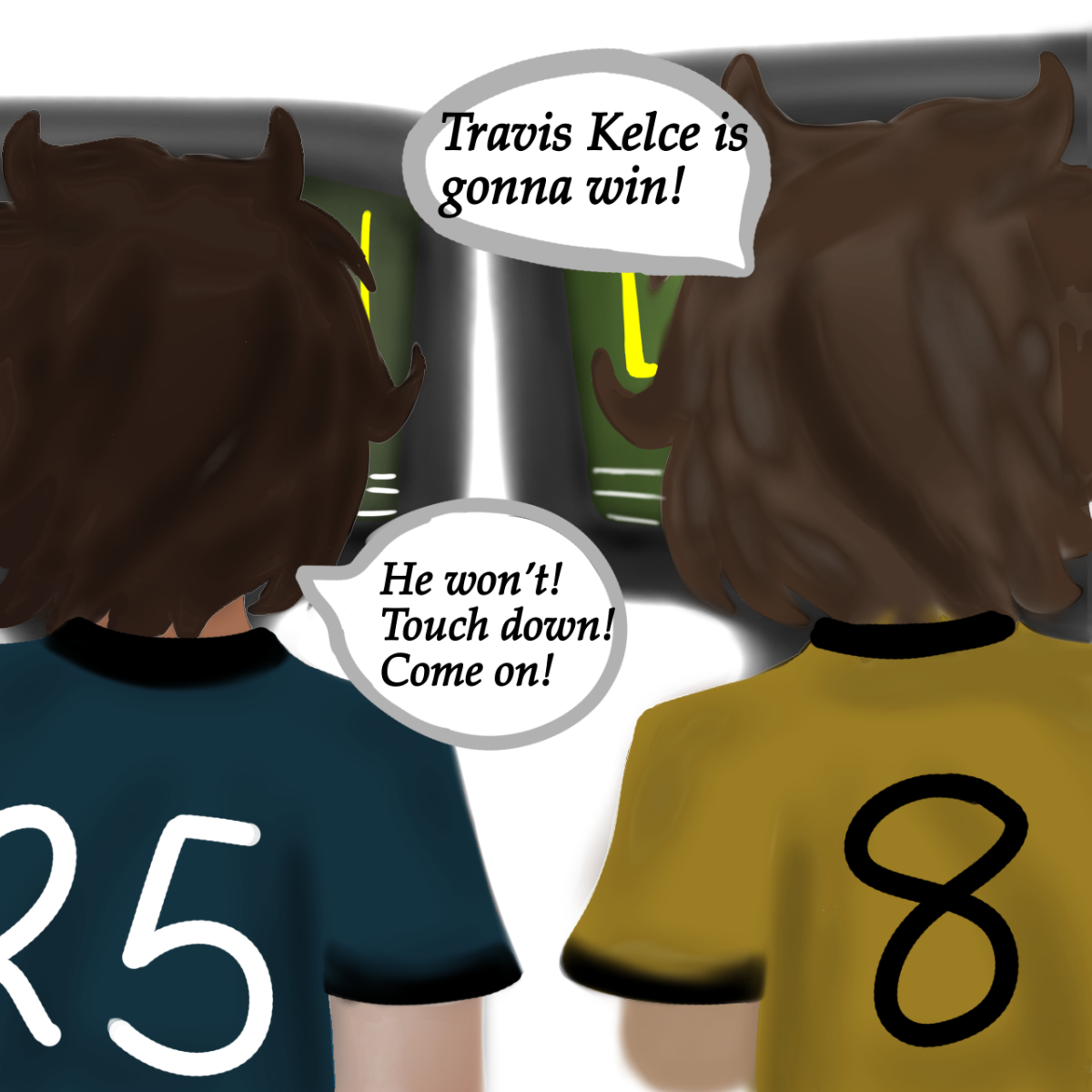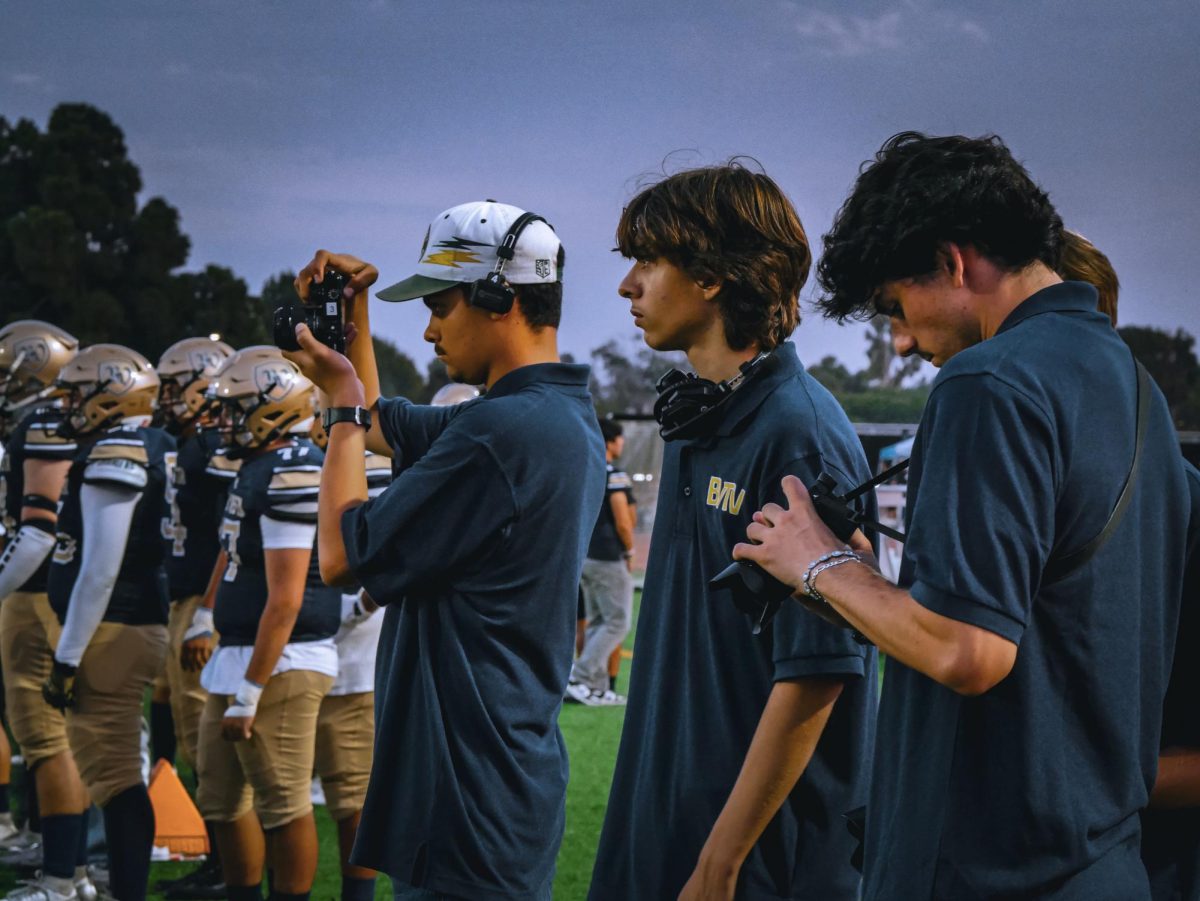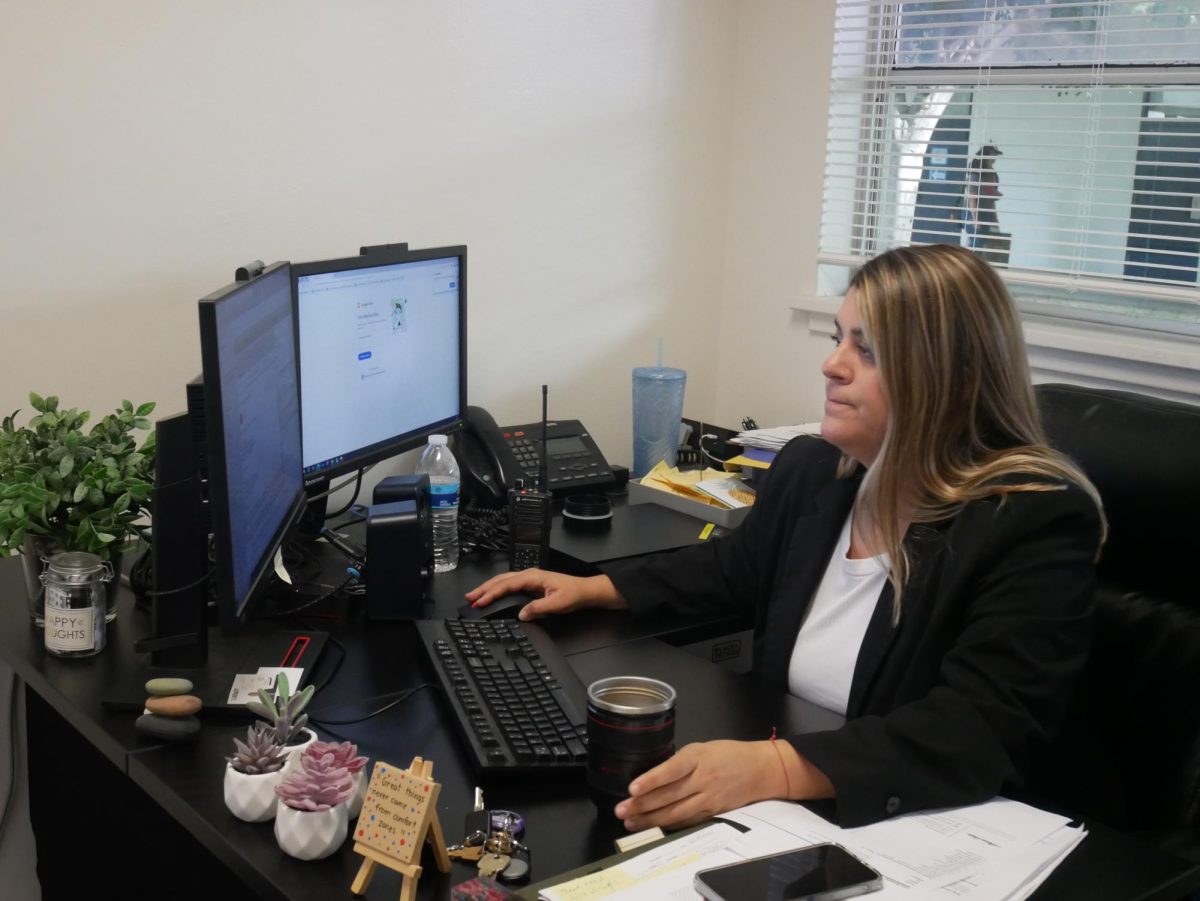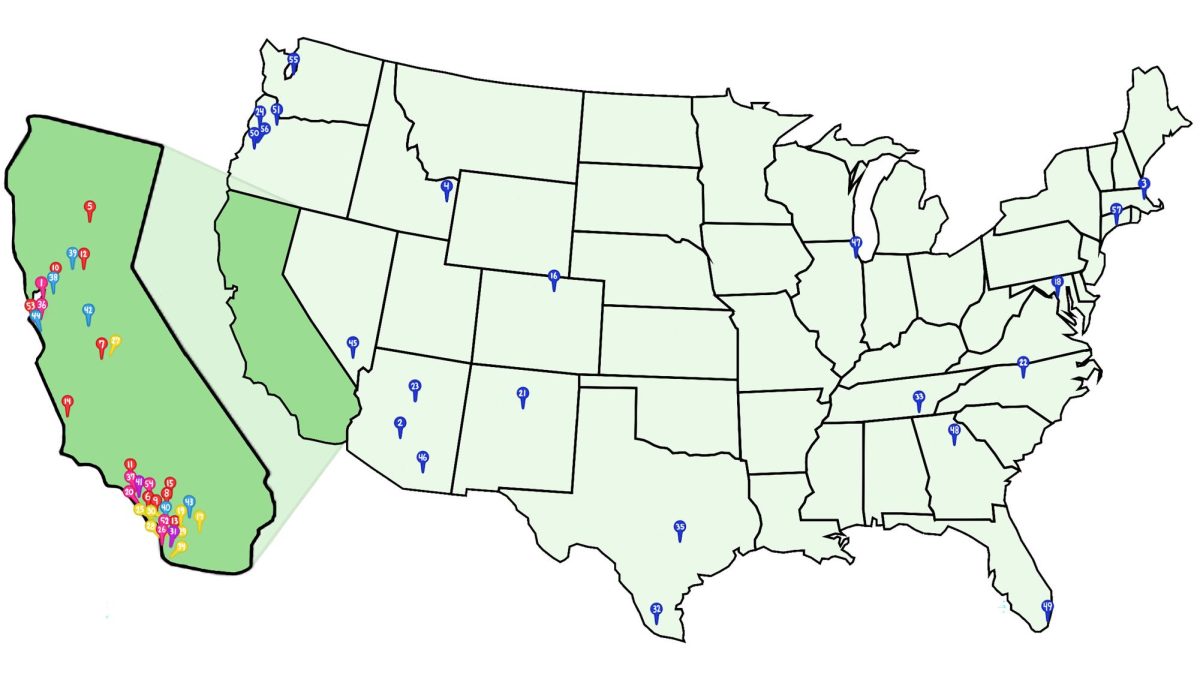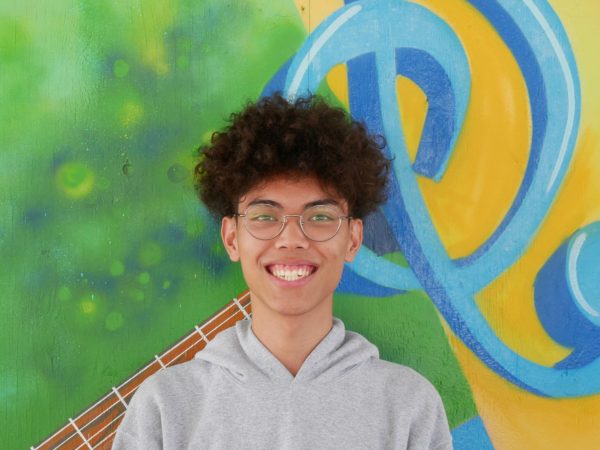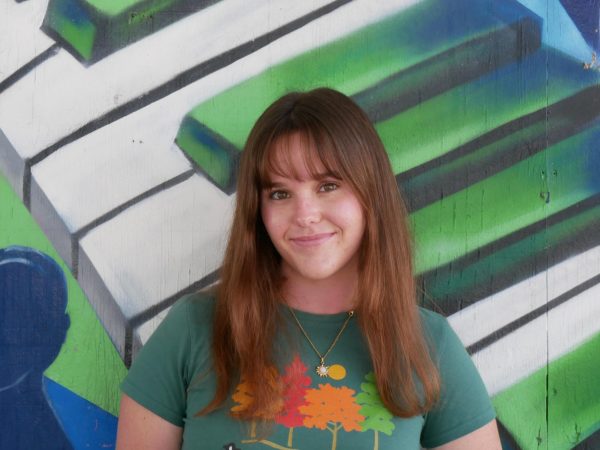Over fall break of the 2023-2024 school year, Advanced Placement Environmental Science (APES), International Baccalaureate (IB) Environmental Systems and Societies (ESS) and biology teacher Jennifer Ekstein and Chemistry, Honors Chemistry, Marine Biology and Biology teacher Kimya Mahzad visited the Galápagos Islands in Ecuador.
Initially, Ekstein and Mahzad were both introduced to the prospect from an email sent out by a teacher at Hilltop High inquiring about a trip to the islands. For Mahzad, traveling to the Galápagos has been a childhood dream, so this was an opportunity she could not refuse.
“Another science teacher from Hilltop coordinated this and offered the opportunity to any of the science teachers here in the [Sweetwater Union High School] District,” Mahzad said. “It is funny because both Ekstein and I signed up on our own where we were both like ‘Yeah, we want to go,’ but going to the Galapagos has been a dream of mine since I was eight years old. So when this came up, I was all over it.”
Ekstein shares similar views with Mahzad, expressing that the opportunity to experience different countries and cultures while also expanding her knowledge on subjects she teaches—like Darwin’s theory of natural selection—was irrefutable.
“I have been learning about Darwin since I was young. I focused on zoology and classification in college. Every biology course has evolution. For me, it was about being there. It is almost like the ultimate ‘nerd-out’ trip for a science teacher,” Ekstein said. “Ecuador was really interesting too because I have always wanted to go to different countries and to also go on a trip of a lifetime.”
During their trip to the islands, both Mahzad and Ekstein took videos and photos of the animals and experiences they had. Mahzad has begun to integrate her experiences in the islands into her lessons, using pictures she took as a way to enhance her teachings especially in her biology class.
“I shared a bunch of pictures already with my marine students, but this year is the first year that I have taught a biology class since the first year that I worked here. So I have some time to sort out my photos and use that in the class,” Mahzad said.
One of the subjects Ekstein has taught to her APES class with the addition of photos and videos she took during her trip was about the Coriolis effect, where wind is deflected to the right in the northern hemisphere and wind is deflected to the left in the southern hemisphere as a result of Earth’s rotation. APES student and senior Kevin Brosas elaborates on what Ekstein has mentioned during class.
“It is how a force affects moving objects over a rotating body. Since our earth rotates on its axis, the circulating areas are deflected towards the right in the northern [hemisphere] even while it is traveling to the left, which is basically the Coriolis effect in a nutshell. So once Ms. Ekstein was at the equator, the Coriolis effect was completely absent so there is no spin at all,” Brosas said.
Ekstein plans to use other footage she recorded during her trip and incorporate it into her lessons about Charles Darwin and his theory of natural selection and evolution in her IB ESS and biology class as well, which includes photos of the animals she observed on the islands.
“[In APES], we just talked about the Coriolis effect, so I already incorporated pictures and videos about ocean currents with them already. With IB [ESS] on Thursday, I am going to show them a little slideshow of all the animals that Darwin was saying were actually in evolution right now. Then for bio, I am going to show them a similar slideshow and relate that to Charles Darwin,” Ekstein said.
Mahzad believes that having these resources available to her gives students the opportunity to better memorize the content she teaches, since showing first-hand encounters adds a sort of shock factor and gives merit to her statements.
“As far as showing the things [pictures], having pictures of you actually there would be cool to see [as a student]. If I had a teacher that was talking about a particular area, and then all of a sudden, they are like, ‘I am there,’ and it is a legit picture, it definitely adds merit to what they are saying,” Mahzad said.
Brosas shares similar sentiments with Mahzad, expressing that Ekstein showing her own videos that she recorded made the lesson more enjoyable and helped him to memorize the content.
“In a way it was more enjoyable and it did help because let’s say ‘Oh, I do not remember what the Coriolis effect is,’ I just think about Mrs. Ekstein’s trip and then I remember the video,” Brosas said.
Using her own experiences in her teachings gives Ekstein an opportunity to truly engrain the content into her student’s minds, and she believes that even for her, experiencing a lot of the topics she teaches first-hand has changed her perspective as well.
“I can actually tell them [my students] that this is actually what it looks like. And I am not going to use textbook pictures or pictures on the internet, I am going to use my own pictures from my own camera,” Ekstein said. “You can believe that it is exactly what they say it is until you go and you actually look at it yourself.”

